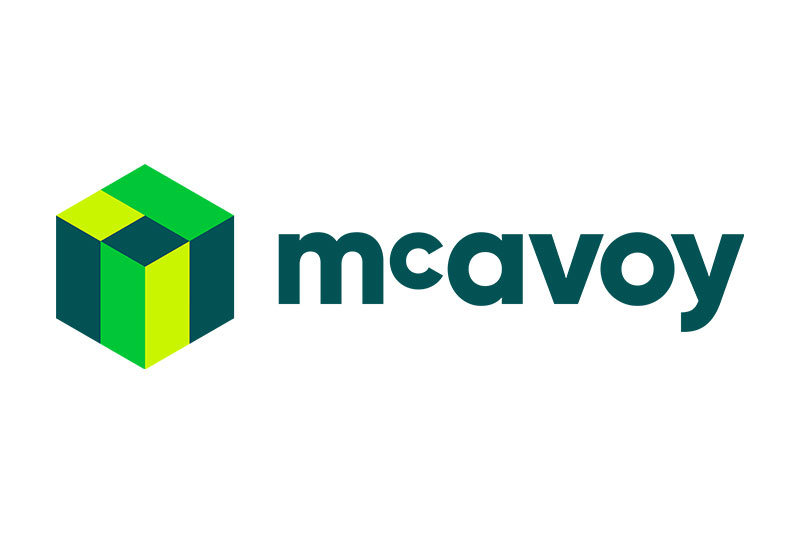Building Information Modelling – more commonly referred to as BIM – is one of the key buzzwords in the construction sector, for both traditional and offsite manufacturing.
Politicians and architects are keen to sing BIM’s praises, but its potential as a powerful tool in the offsite construction sector remains largely untapped.
The benefits BIM can bring to construction – both traditional and offsite – include the ability to provide a detailed visualisation of the design, to highlight any potential issues, and to allow for utterly-transparent communication with the customer
In some cases, this is because those specifying projects do not fully understand the benefits and how BIM can save time and money in the long-term.
Some also lack the capacity to use BIM.
But, for modular construction, the long-term benefits make it a powerful tool.
Planning makes perfect
As manufacturers of bespoke modular buildings, Elite Systems is increasingly using BIM to facilitate smoother design and construction.
Its managing director, Marcus Sutcliffe, said: “The benefits BIM can bring to construction – both traditional and offsite – include the ability to provide a detailed visualisation of the design, to highlight any potential issues, and to allow for utterly-transparent communication with the customer.
“But the use of BIM in the planning phase is particularly beneficial to modular construction, where there is little room for error and where the design must be agreed early in the process.
“For example, when working with limited space, the level of detail that BIM provides can prevent potentially costly miscalculations.”
I is for ‘information’
But he warns: “When discussing BIM, there is a tendency to focus too heavily on the modelling part of the system.
“The ability to produce high-quality, detailed 3D virtual models is the aspect that is most commonly associated with BIM, and it is a useful.
“However, while this is an important part of the planning process, and an impressive tool for architects and designers to present to a client; in reality it barely scratches the surface of BIM’s potential.
“The information attached to the building elements within the model is where BIM becomes truly useful.
“This information can offer a more-efficient way of working, from scheduling materials in the build process to allowing the end user or facilities managers to keep track of the building information for maintenance purposes.”
Greater efficiency
He added: “Contrary to what some may think, the use of BIM isn’t prohibitively expensive for smaller-scale modular construction.
“Modular construction companies, in particular, will use certain elements of a building design repeatedly, so the required data is often already in the systems and can be easily dropped into a model at the outset.
“Ultimately, the more that clients embrace the use of BIM for both modelling and information sharing purposes, the more that the modular construction sector will benefit.”
The more that clients embrace the use of BIM for both modelling and information sharing purposes, the more that the modular construction sector will benefit
The McAvoy Group was the first offsite modular construction firm in the UK to achieve BRE BIM Level 2 certification and is another vanguard for the approach.
A spokesman said: “Detecting potential building system clashes and identifying risks is one of the most-prominent features of BIM, made more efficient because each and every detail of a construction project is seen as co-existing within a single ecosystem in a building information model.”
And Actavo | Building Solutions’ operations director, Matthew Goff, told hdm: “BIM Level 2 complements lean manufacturing practices, resulting in high-quality buildings being designed, engineered and assembled offsite, resulting in minimal site works.
“Potential issues are detected and resolved prior to start of manufacture, rather than having to be rectified in situ, which is a key benefit of pre-construction clash detection and the design, build and production interface.”

